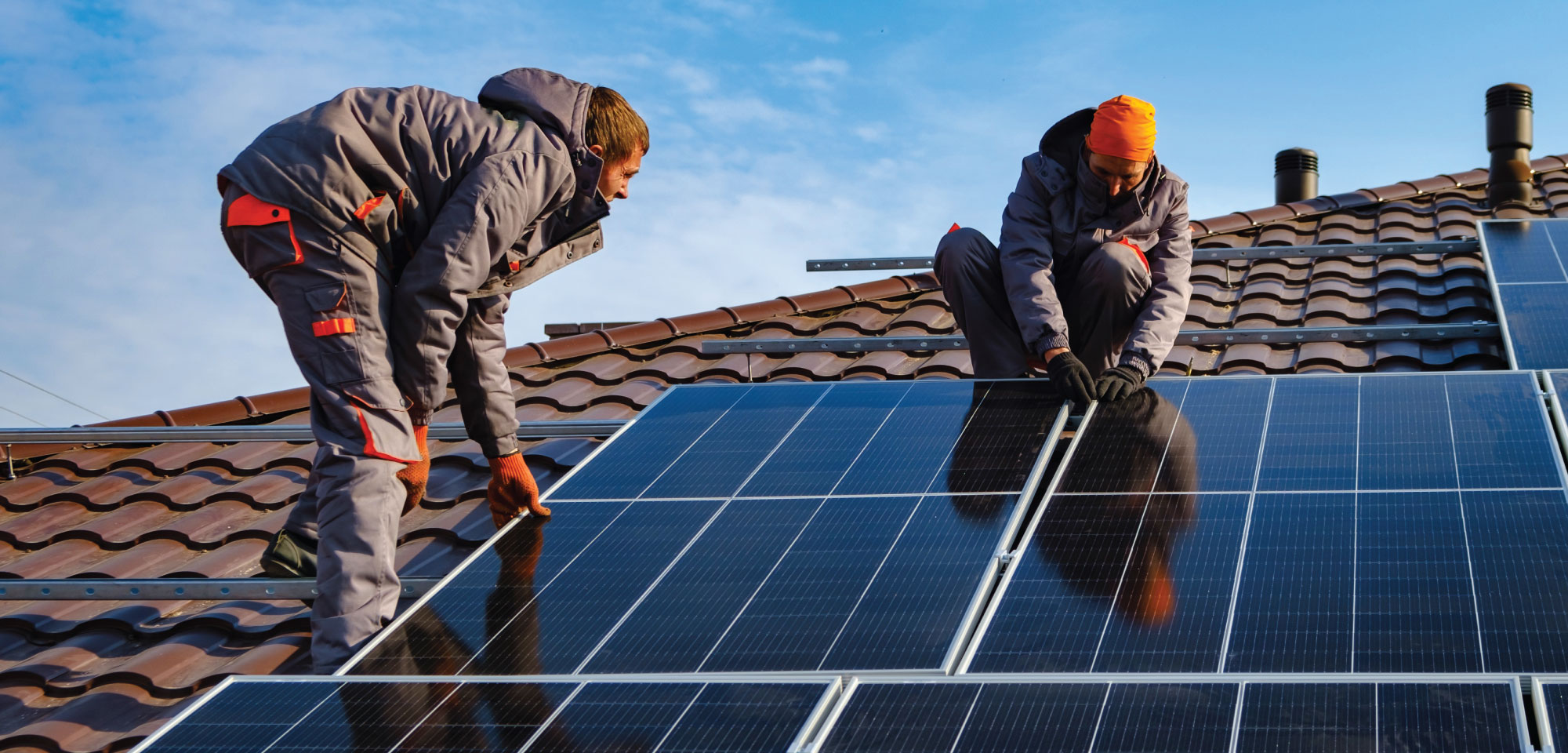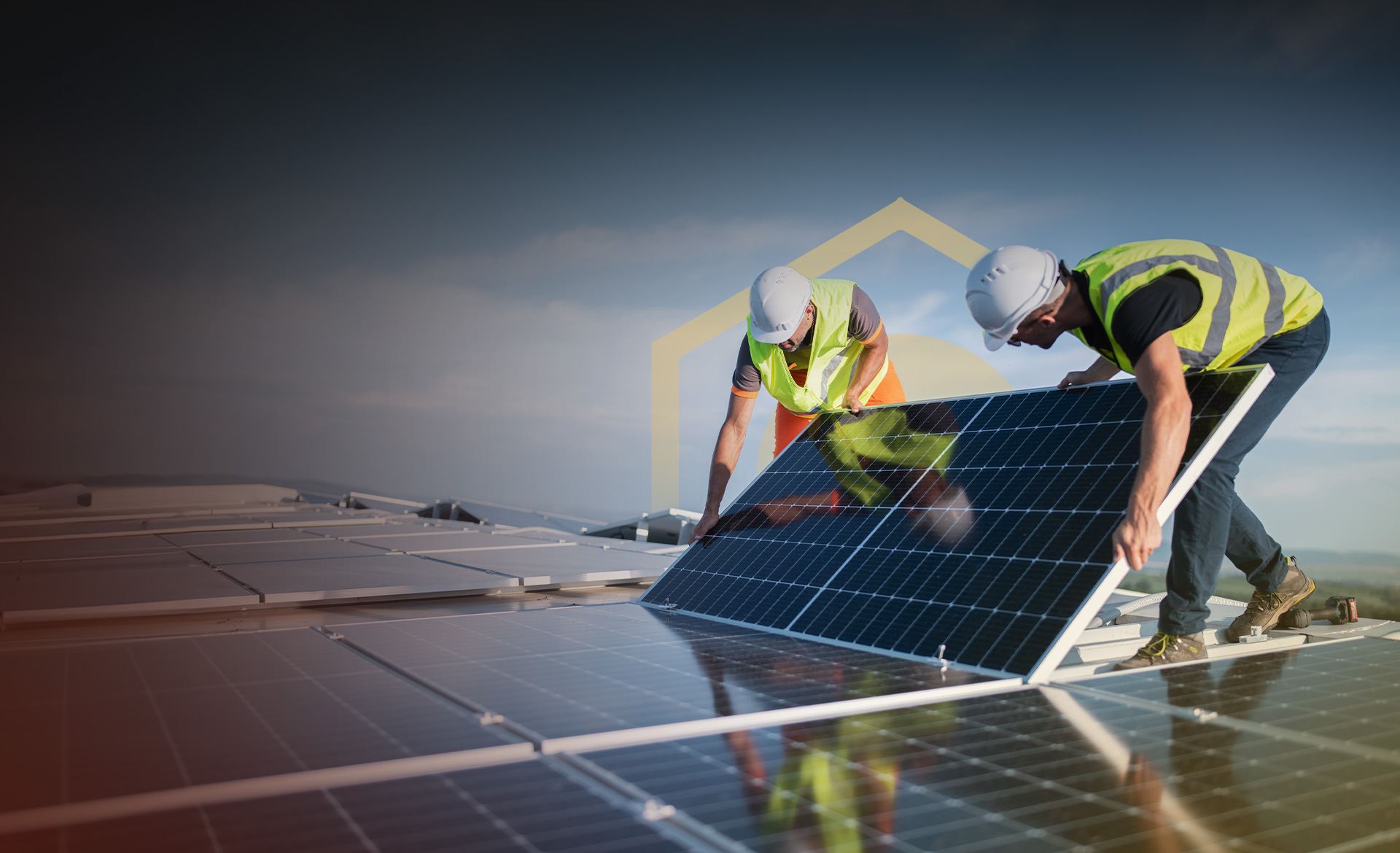Virginia SREC Credits: Lumina Solar Specializes In Offering Advanced Photovoltaic Solutions For Residences And Services
History and Founding
Have you ever wondered how a photovoltaic panel business springs from a simple stimulate of motivation into a powerhouse of renewable resource? It often begins with a vision-- one fueled by a mix of innovation, determination, and a pinch of serendipity. The journey of many solar companies mirrors the advancement of the technology itself: from bulky, ineffective panels to sleek, high-efficiency marvels utilizing the sun's bounty.
The Early Days
In the late 20th century, when solar power was still a niche idea, leaders planted seeds for what would end up being an international motion. Imagine a small workshop filled with curious engineers, relentlessly try out photovoltaic cells. Their enthusiasm was palpable, frequently driven by a desire to combat climate modification and minimize reliance on nonrenewable fuel sources.
One such anecdote is about a creator who, inspired by an outdoor camping journey, understood that even in remote locations, the sun could power important devices. This simple observation stimulated a company's objective to equalize access to clean energy.
Founding Concepts

- Innovation: Constantly pushing the borders of solar technology to improve performance and toughness.
- Sustainability: Committing to environmentally friendly manufacturing and reducing carbon footprints.
- Ease of access: Making renewable resource services inexpensive and useful for daily users.
Turning points in Development
| Year | Key Event |
|---|---|
| 1985 | Business established in a little garage, focusing on research and development. |
| 1995 | Very first commercial photovoltaic panel product released, gaining regional attention. |
| 2005 | Expanded to global markets, embracing worldwide renewable resource goals. |
| 2015 | Presented cutting-edge solar panel technology with enhanced energy conversion. |
Isn't it interesting how these incremental steps, typically neglected, shape the energy landscape today? The photovoltaic panel business story is not almost innovation; it's about an unrelenting quest for a brighter, cleaner future.

Developments in Solar Panel Technologies
Ever discovered how some solar panels shine brighter and last longer? It's not magic; it's the science of photovoltaic performance. Modern photovoltaic panel business invest greatly in innovations like bifacial cells, which capture sunshine from both sides, increasing energy harvest without broadening roof space. Have you ever questioned why some panels perform much better on cloudy days? That's due to advances in thin-film solar innovation, which grows under diffused light conditions.
Item Variations Customized to Special Needs
One size never fits all. Photovoltaic panel service providers now use:
- Monocrystalline panels for optimum effectiveness and streamlined visual appeals, suitable for space-constrained rooftops.
- Polycrystalline panels, which use a cost-effective option without sacrificing too much output.
- Building-integrated photovoltaics (BIPV), merging solar tech seamlessly into architectural components like windows and facades.
Choosing the right product isn't almost in advance cost; it's about matching your environment, energy goals, and long-lasting savings. For example, homes shaded by trees require panels that excel in low-light situations, something many neglect till energy bills climb up suddenly.
Technical Tips for Ideal Selection
- Examine the temperature coefficient-- lower worths suggest panels lose less performance on hot days.
- Search for panels with enhanced anti-reflective coatings to optimize light absorption.
- Think about the panel's service warranty not just for defects, but for guaranteed power output over decades.
- Do not undervalue the importance of the inverter innovation combined with the panels; it can make or break your system's performance.
Beyond Panels: Emerging Patterns
Envision photovoltaic panels that adjust their angle instantly to chase the sun-- tracking systems are ending up being more available, increasing yield substantially. Or solar tiles that mix invisibly into your roofline, changing your home into a silent, self-dependent power generator. These developments are reshaping what a photovoltaic panel business provides-- not just items, but integrated energy services.
Market Existence and Global Operations
Ever question why some photovoltaic panel business appear to sprout up in every corner of the globe while others hardly make a ripple? The difference lies not just in innovation however in mastering the art of navigating varied markets. Broadening worldwide resembles planting seeds in various environments-- you should comprehend each environment's special conditions to prosper.
Take, for example, the detailed dance of logistics and supply chain management. Shipping panels halfway across the world isn't just about range; it has to do with timing, customs, tariffs, and adapting to local demand fluctuations. A company with robust global operations anticipates these variables, making sure panels show up on schedule without inflating costs. This foresight is no little task and frequently separates industry leaders from fans.
Key Methods for Expanding Market Presence
- Localized manufacturing: Developing production hubs near target markets minimizes shipping hold-ups and import complexities.
- Strategic partnerships: Teaming up with local firms speeds up market penetration and constructs trust.
- Adaptive product design: Customizing solar panel tech to weather, sun intensity, and facilities nuances enhances efficiency and approval.
What about the human element? Solar panel business running worldwide need to reconcile cultural differences and regulatory nuances without forgeting their core mission. For example, what operate in a sun-drenched desert might fail in a humid seaside region. Sometimes, the most ingenious option is simply listening-- taking in local insights to fine-tune innovation and method.
Specialists often advise a phased rollout rather than a shotgun growth. Why risk overextension when measured development develops sustainable momentum? Scaling sensibly means balancing ambition with functional resilience - Commercial Solar Panels Virginia. After all, in the race for sustainable energy dominance, patience can be as important as speed
Environmental Effect and Sustainability Practices
When photovoltaic panels first emerged, lots of presumed they brought no environmental baggage. Nevertheless, the reality is more nuanced. The production of photovoltaic cells includes uncommon earth metals and energy-intensive processes, which can leave a large carbon footprint before the panels even reach rooftops. The true website ecological expense depends greatly on the sustainability practices used by the solar panel company throughout the lifecycle of their items.
How frequently do we stop briefly to consider what takes place to photovoltaic panels at the end of their helpful life? Unlike batteries or electronics, solar panels can last 25-30 years, however disposal and recycling paths stay underdeveloped in many areas. A business devoted to reducing ecological damage will have a robust strategy for recycling photovoltaic products, salvaging important silicon, glass, and metals to avoid landfill accumulation.
Secret Sustainability Methods
- Making use of low-impact manufacturing strategies that lessen water and energy usage.
- Executing closed-loop systems to recycle production waste back into brand-new panels.
- Taking part in transparent supply chain audits to make sure ethical sourcing of raw materials.
- Designing panels for simpler disassembly to aid future recycling efforts.
It deserves noting that some solar companies have actually pioneered innovative techniques, such as incorporating eco-friendly parts or utilizing less toxic chemicals during fabrication. This not only decreases environmental stress but also sets a precedent for the industry. The question stays: can the solar industry genuinely pivot towards a circular economy model without sacrificing effectiveness or price?
Expert Tips for Examining Sustainability
- Inquire about the company's commitment to carbon-neutral manufacturing and whether they balance out emissions.
- Investigate if they partner with licensed recycling centers dedicated to photovoltaic panel waste.
- Look for openness reports detailing ecological impacts and sustainability goals.
- Consider the longevity and guarantee of panels as an indirect procedure of resource performance.
In the end, going with solar power needs to mean more than just slashing electricity costs; it's about nurturing a future where energy is harvested responsibly and waste is thoughtfully managed. Photovoltaic panel companies that embrace this viewpoint not only light up homes but likewise cast a brighter light on sustainable development.
Comments on “The Commercial Solar Panels Virginia Ideas”